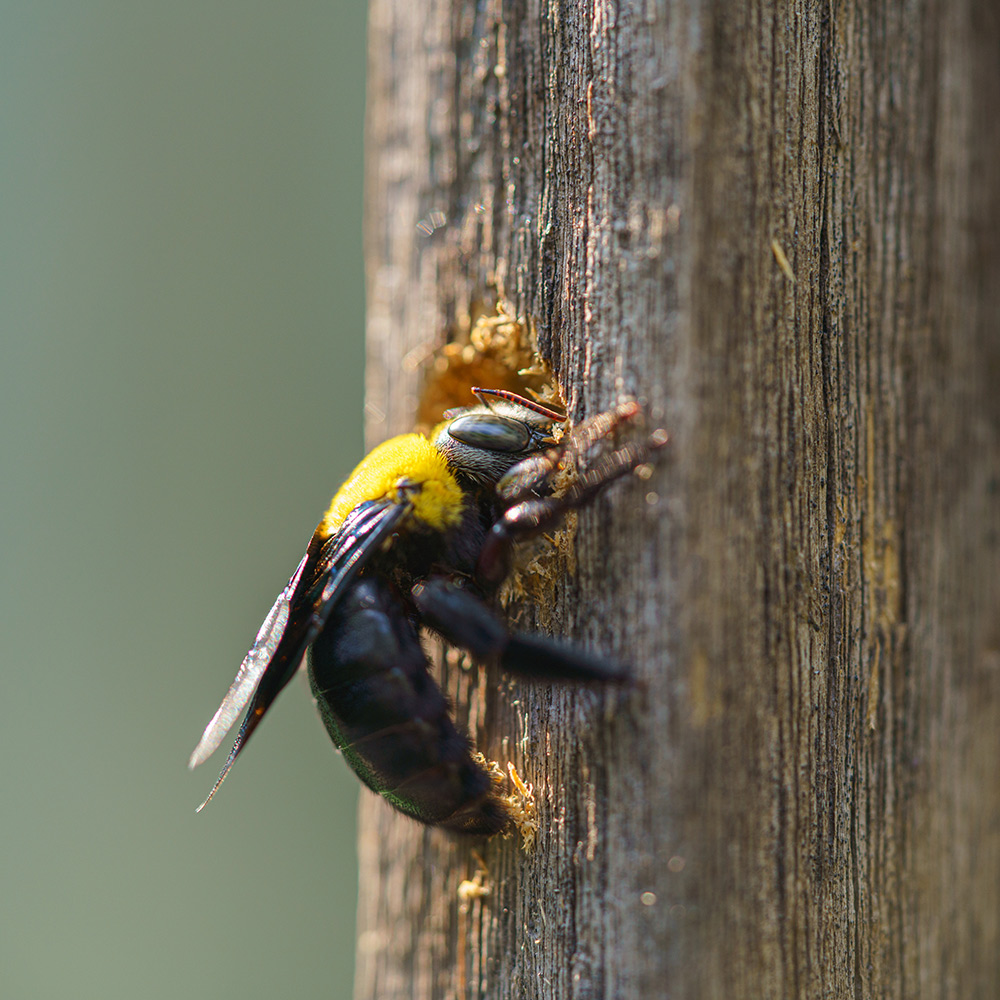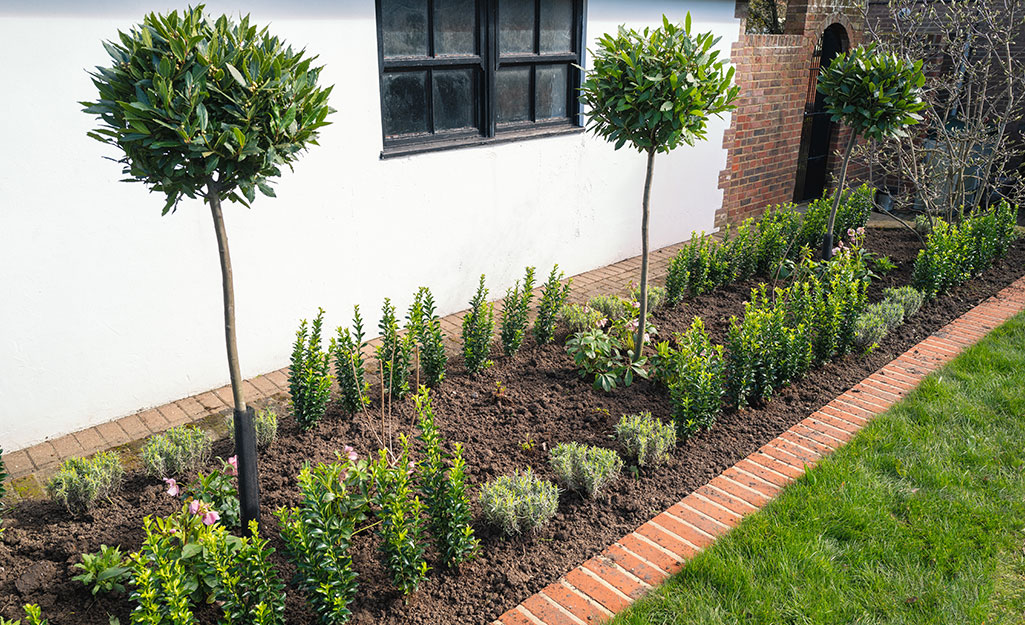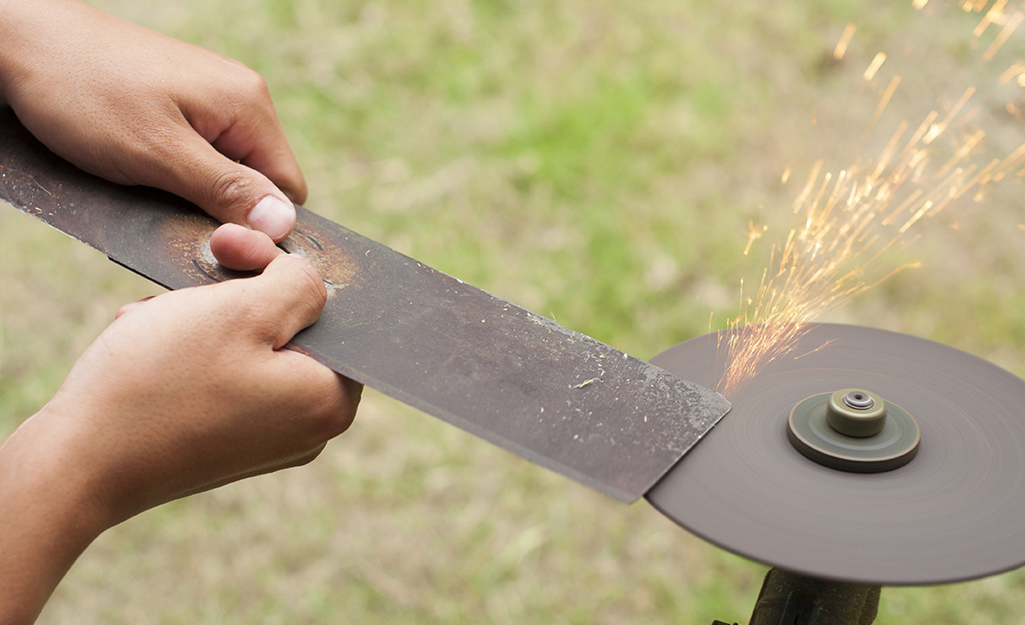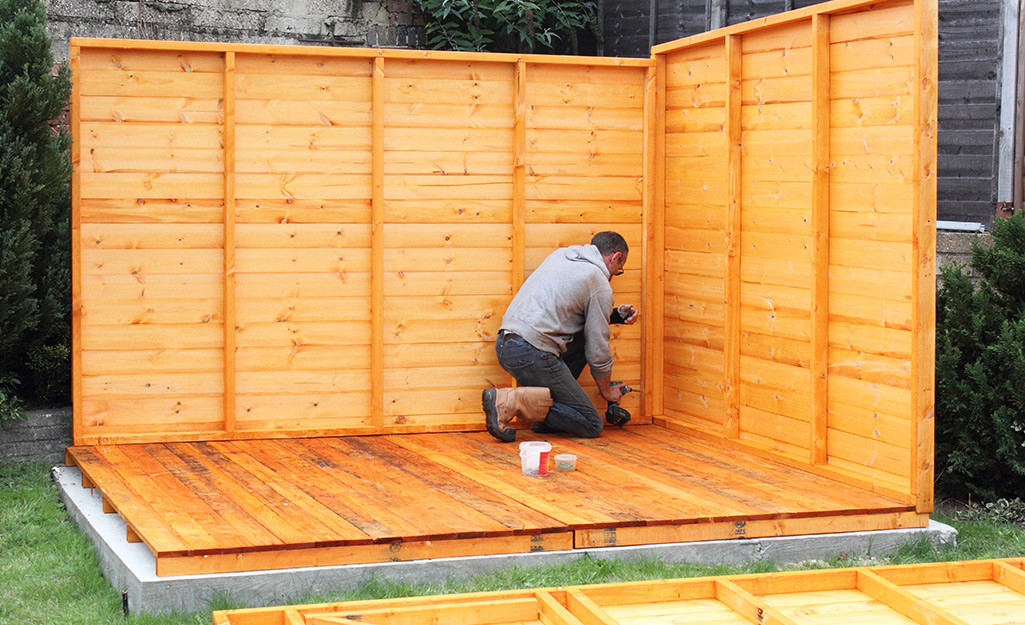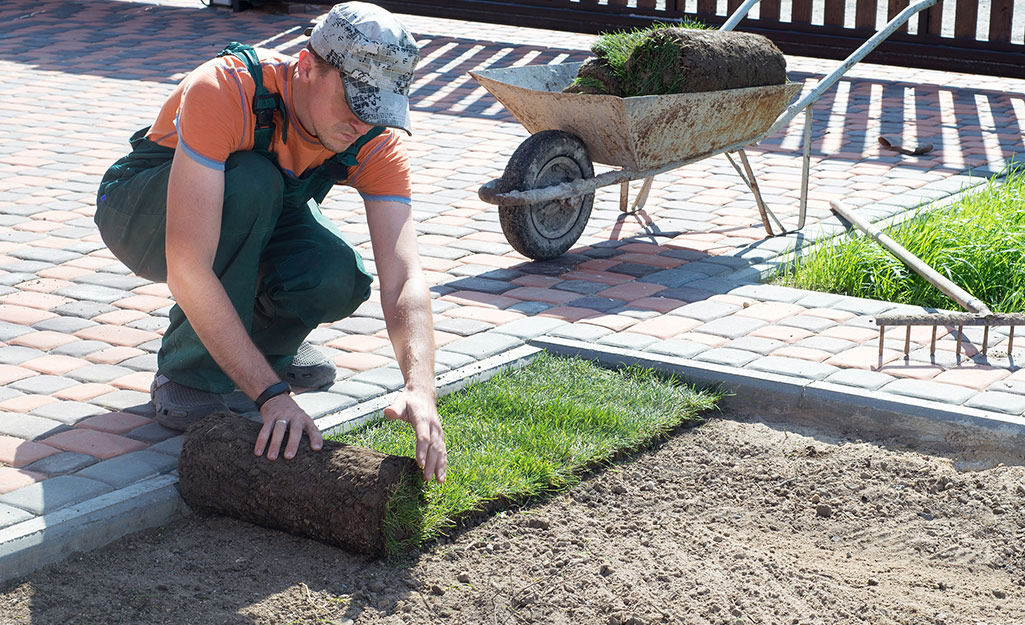
Do you have what you need to make your garden grow?


Garden Center
Store Hours
Mon-Sat:
6:00am - 9:00pm
Sun:
8:00am - 8:00pm
Curbside:
09:00am - 6:00pm
Location
Shop Outdoor and Garden Supplies Near You
Shop Plants Online
Garden Project Calculators
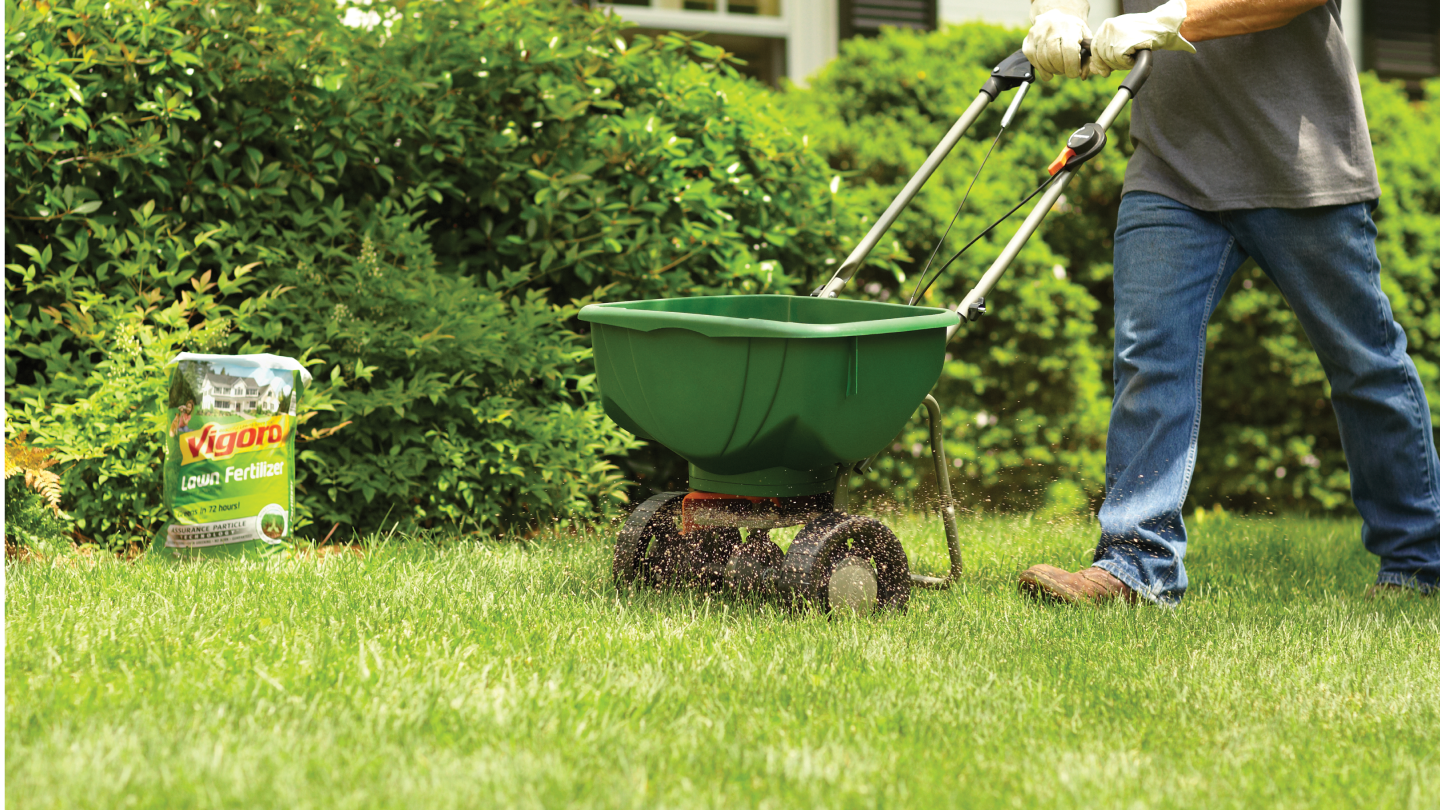;Resize=(703,395.44))
Grass Seed Calculator
When you're ready to seed your lawn, our calculator helps you estimate the amount of grass seed you'll need to get the job done.
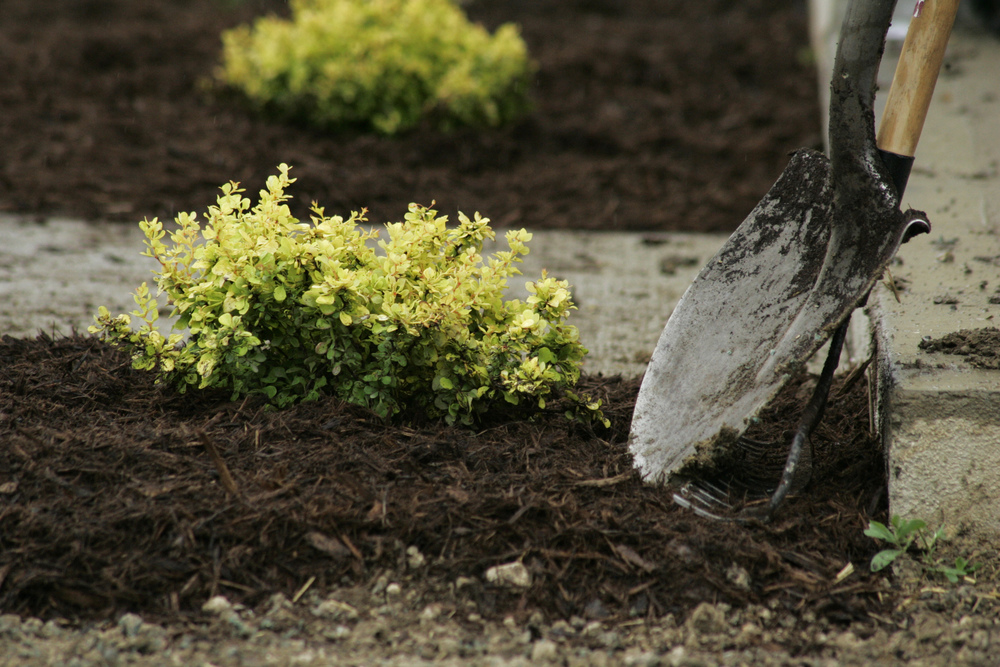;Resize=(703,395.44))
Mulch Calculator
Enter your preferred material, the square footage and mulch depth of the coverage space for accurate results.
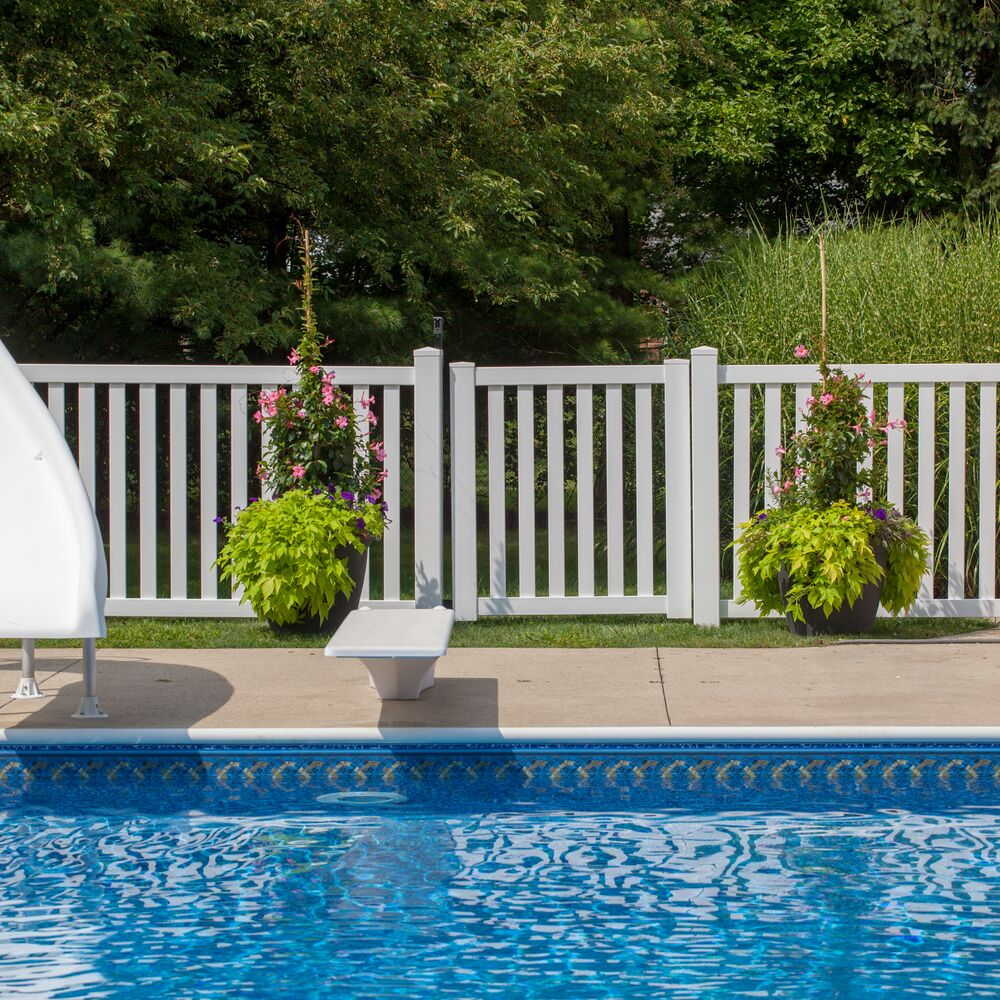;Resize=(703,395.44))
Fencing Calculator
We'll calculate the amount of fencing you should purchase based on your property needs.
Shop Outdoor and Garden Brands
Frequently Asked Questions About Gardening
How do I pick my produce at harvest time?
If you've never harvested homegrown produce before, you're in for a treat. Autumn harvest includes vegetables like bell peppers, tomatoes, and cucumbers, but also pumpkins and squash. To pick your produce, pinch the stem above the veggie. Then, with your dominant hand, twist the vegetable until it breaks off the stem.
Should I get a wood splitter or a wood chipper?
Wood chippers make tiny chips, while wood splitters leave you with more manageable chunks of wood. After pruning trees and bushes with hedge trimmers or a gas chainsaw, clean up the debris in a wood chipper. If your trees are healthy, the chopped wood and bark chips make mulch that you can spread in your fall garden. If you removed a tree, you can either get a wedge and a sledgehammer or a log splitter to divide the wood into smaller pieces. A wood splitter is quicker and a wise investment if you're doing an expansive amount of tree cleanup, and bigger is better here.
Is it better to use a leaf blower or rake on fall leaves?
Although it may sometimes feel like a losing battle, you can keep on top of leaf maintenance. For a classic method, go with a rake, some work gloves, and lawn bags. We've also got leaf blowers if you'd prefer outdoor power tools.
How do I store my garden tools for the season?
To make next spring easier, clean your garden tools before you store them. Remove grime and clay with a soak in soapy water, then dry your tools well. Next, soak them in a water and bleach mix for 20 minutes to kill off any fungus, and follow with a rinse. Then, scrub off rust specks with a wire brush, oil them with WD-40 or vegetable oil if necessary, and ensure they're dry before hanging them in a shed or garage.
How do I prep a swimming pool for winter?
If you have a swimming pool, fall is an ideal time to close it for the year. Clean and vacuum the pool with a special pool vacuum, then drain the water. Use a swimming pool cover to help prevent the pipes or even the pool wall itself from becoming weakened or cracked if water freezes and expands inside. While you're at it, drain and cover outdoor spigots and irrigation systems, too.
What tools do I need for snow removal?
In climates where it gets cold and snowy, early fall is the time to prepare your snow removal equipment. Snow blowers are great, but keep a snow shovel or two to clean trouble spots or chip away ice patches. Find lightweight cordless and electric snow blowers as well as gas snow blowers. People with larger driveways may consider using a salt spreader to fling the ice melt or salt to clear the way to the mailbox. Shop now before the weather cools more and the snow rolls in.
Garden Project Ideas
The Home Depot Garden Center at Oneonta
When a cool day breezes in, take advantage of it to do outdoor maintenance. Trees and bushes need a trim with pole saws, pruners, and chainsaws as they're slowing growth for the season. Leaf maintenance is likely a concern, so check out rakes, leaf blowers, and lawn bags. Remember a wheelbarrow and buckets to gather your fall harvest. You may even be able to garden throughout fall and into winter, if you'd like. Read on to learn how to transition to your fall lawn and garden.
Patch or Fertilize Your Lawn
Fix bald spots on your lawn by spreading fresh grass seed. Autumn is a great time to fill in dead or brown places in your yard. However, you should try to keep fallen leaves off freshly seeded areas. New grass seed needs water, sun, and air to grow, and leaf litter can block out the sunlight and air it needs to germinate.
If your lawn is in good shape, make sure it stays that way by applying lawn fertilizer if you have cool-season grass. Aerate your lawn before adding fertilizer to get the most bang for your buck. An edger gives extra polish to the perimeter of your yard. Water your cool-season lawn regularly and tend to any pesky weeds that show up. It'll need different maintenance than warm-season grass, which goes dormant as the weather cools. Taper down watering on warm-season lawns.
Plant Flower Bulbs
If you've got your eye on spring-blooming bulb plants, get those planted soon. They need time to grow downward. Check your plant hardiness zone before planting. In colder climates, some bulb plants should be planted in spring instead. Plan your daffodil, iris, and tulip displays now. Onions and garlic can go in, too, for next year's harvest, but they won't need soil additives.
Try using retaining wall blocks to accent or surround your garden. A beautiful garden wall or hardscaping gives a finished look, especially when you spread a layer of rubber mulch. It'll overwinter well and resist fading longer than other mulches.
Skip the soil amendments when planting garlic or onion bulbs instead of flower bulbs. Simply plant them now, pointy-side up, and you'll have a fresh harvest by next summer. These plants will spread though, so be careful not to let them flower, dry out, and go to seed when they mature. Snip off the dried flowers to avoid planting a patch of volunteer garlic and onion plants.
Cut and Cover Perennials
In climates where you might have a cold snap here and there, but then it'll warm up above freezing again, cover your plants. Protect your garden from freeze and frost damage to extend their season. You can get extra life out of your garden by covering your plants with buckets, tarps, or even painting drop cloths. It'll warm your plants like a greenhouse or blanket, and they'll survive a frost.
This works well early on, until you're fully into the colder parts of the season. Uncover the plants when the thermometer goes up again and let them enjoy that fall sunshine. Once the temperatures regularly dip below freezing, say goodbye to the garden for the winter.
Put the Garden to Bed
When the sun angle changes and your annuals start looking rougher, dig up the plants. Northern climates that get cold earlier in the fall may be putting the garden to bed for the season in October or November. After your vegetable plants have given a final harvest, dig them up, then chop and dispose of the detritus, or dead plant debris. Feel free to let them decompose to enrich the soil unless you had one of two exceptions: if your plants dealt with blight or if you had a snail problem.
After you've removed the old plants, you've got a clean slate. Prepare your garden bed for the spring by rotating the soil with a rototiller or shovel. You want to bring the deeper soil to the surface, send the topsoil lower down, and generally break up the ground. It lets the soil rest and helps nutrients penetrate. It's also an excellent opportunity to test the soil and see what, if any, soil amendments you need. Different crops and plants use different nutrients. Test your soil to see if it's balanced or if you need to restore certain nutrients that have been depleted.
Bring Potted Plants Indoors
Gardeners with potted plants can extend their growing season by bringing delicate plants indoors to a sunny window. Indoor gardening allows both outdoor plants to live longer and house plants to bring joy into your home. Just make sure they get enough water, and turn them regularly to give all leaves equal sunlight for photosynthesis. If the pots don't have built-in overflow dishes, be sure to add shallow bowls beneath them to catch any extra water.
Warm the Outdoors with a Patio Heater
Stretch out your fall evenings with a patio heater, outdoor fireplace, or fire pit to take off the chill. No matter if you're looking for outdoor heaters for decks, small patios, or cozy porches, we've got options. All you have to do is discover the one that matches your decor style.
We've got fire bowls and fire pit tables ready to warm your outdoor space. Check out stylish propane and natural gas fire pits in a variety of shapes. We've also got woodburning fire pits and the firewood to stoke them. You can even build your own with fire pit kits or make it completely custom and build an in-ground fire pit to fit your vision with pavers that lead to and surround the pit. Stop by your closest garden center to see what's in stock.
Ease Into Fall
This fall, tidy up your lawn with us. We've got everything you need for putting the garden to bed, leaf cleanup, and restoring nutrients to your soil so it's ready for next spring. Shop our wide variety of fall garden care and outdoor living products online, in your local store, or in our mobile app.
Nearby Stores
Find Another Store
545 French Road
New Hartford, NY 13413
45.87 mi
Mon-Wed: 6:00am - 9:00pm
Thu: 6:00am - 10:00pm
Fri: 6:00am - 10:00pm
Sat: 6:00am - 10:00pm
Sun: 8:00am - 8:00pm
)
)
;Resize=(300,300))
)
.jpeg?im=Crop,rect=(363.69230769230774,1.2307692307692308,958.7692307692308,958.7692307692308);Resize=(300,300))
;Resize=(300,300))
;Resize=(300,300))
;Resize=(300,300))
;Resize=(300,300))
)
)
)
)
)
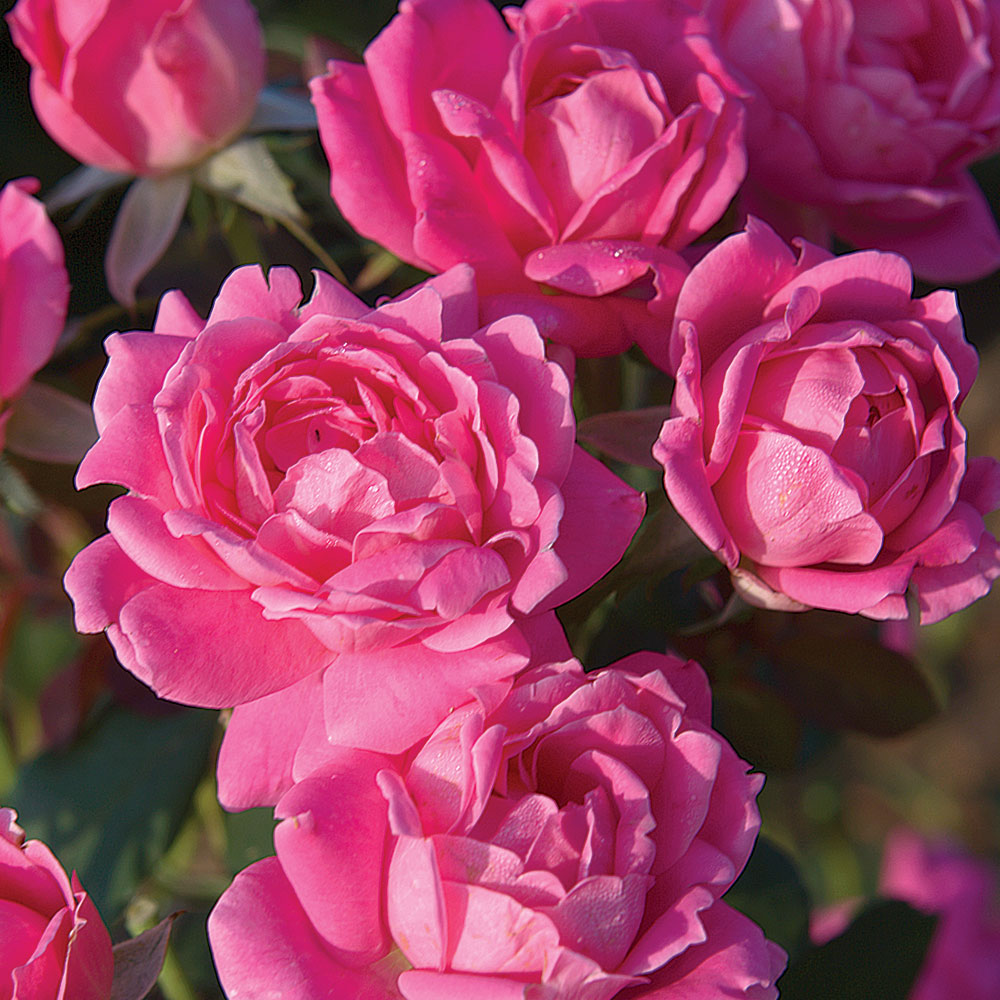)
)
)
)
;Resize=(300,300))
;Resize=(300,300))
)
)
)
)
;Resize=(300,300))
)
)
;Resize=(300,300))
;Resize=(300,300))















